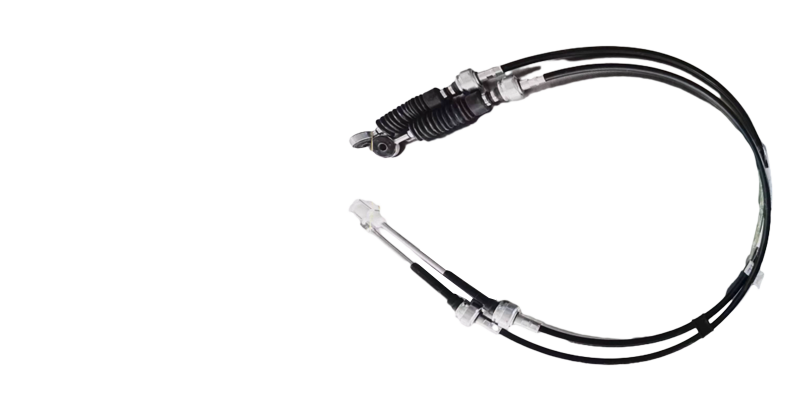hand brake cable
Understanding Hand Brake Cables Importance and Maintenance
The hand brake, also known as the emergency brake, plays a crucial role in a vehicle's safety system. It is designed to prevent the car from rolling away when parked and provides an essential backup in case the primary braking system fails. One of the critical components of the hand brake system is the hand brake cable. This cable connects the hand brake lever inside the vehicle to the braking mechanism on the rear wheels. Understanding its function, maintenance, and signs of wear can help ensure your vehicle remains safe and reliable.
What is a Hand Brake Cable?
The hand brake cable is typically a steel wire encased in a protective sheath. This construction allows it to withstand high tension while providing the flexibility needed to operate the hand brake system effectively. When the driver pulls the hand brake lever, this action creates tension in the cable, which then engages the braking mechanism at the rear wheels, either through drum brakes or disc brakes.
Importance of the Hand Brake Cable
The hand brake cable is a vital component that contributes to the overall safety of a vehicle. If the hand brake fails, it could lead to the car rolling away, posing a significant risk to both the vehicle and surrounding pedestrians. Proper functioning of the hand brake system also helps in situations where the main brakes are compromised, providing an additional layer of security.
Signs of a Failing Hand Brake Cable
Like any mechanical component, hand brake cables can wear out over time due to stress and exposure to the elements
. Here are a few signs that your hand brake cable may need inspection or replacement1. Poor Performance If you notice that the hand brake lever does not engage properly, or the vehicle rolls slightly when the brake is engaged, it may indicate a problem with the cable. 2. Unusual Noises A squeaking or grinding noise when operating the hand brake could suggest that the cable is frayed or damaged.
hand brake cable

3. Corrosion A visual inspection of the cable can reveal signs of rust or corrosion, which can weaken the cable over time.
Maintenance Tips
Routine maintenance of the hand brake system, including the cable, is essential for vehicle safety. Here are some tips to keep your hand brake cable in good condition
1. Regular Inspections Check the hand brake cable during regular vehicle maintenance. Look for signs of wear, fraying, or rust.
2. Lubrication Applying a suitable lubricant can help reduce friction in the cable, allowing it to operate smoothly.
3. Adjustments Over time, hand brake cables may stretch, causing the brake to lose effectiveness. Periodic adjustments can help maintain proper tension.
4. Professional Help If you notice any issues with your hand brake or cable, it's advisable to have a professional mechanic inspect and service the system.
Conclusion
The hand brake cable is a crucial component that ensures your vehicle’s safety and reliability. Regular maintenance and prompt attention to any signs of wear can extend the life of the hand brake system and prevent potential accidents. Understanding how this component functions and recognizing the signs of trouble can help keep you and your vehicle safe on the road. Always prioritize your vehicle's hand brake system to ensure a smooth and secure driving experience.
-
Workings of Clutch Pipe and Hose SystemsNewsJun.04,2025
-
The Inner Workings of Hand Brake Cable SystemsNewsJun.04,2025
-
The Secrets of Throttle and Accelerator CablesNewsJun.04,2025
-
The Hidden Lifeline of Your Transmission Gear Shift CablesNewsJun.04,2025
-
Demystifying Gear Cables and Shift LinkagesNewsJun.04,2025
-
Decoding Clutch Line Systems A Comprehensive GuideNewsJun.04,2025
